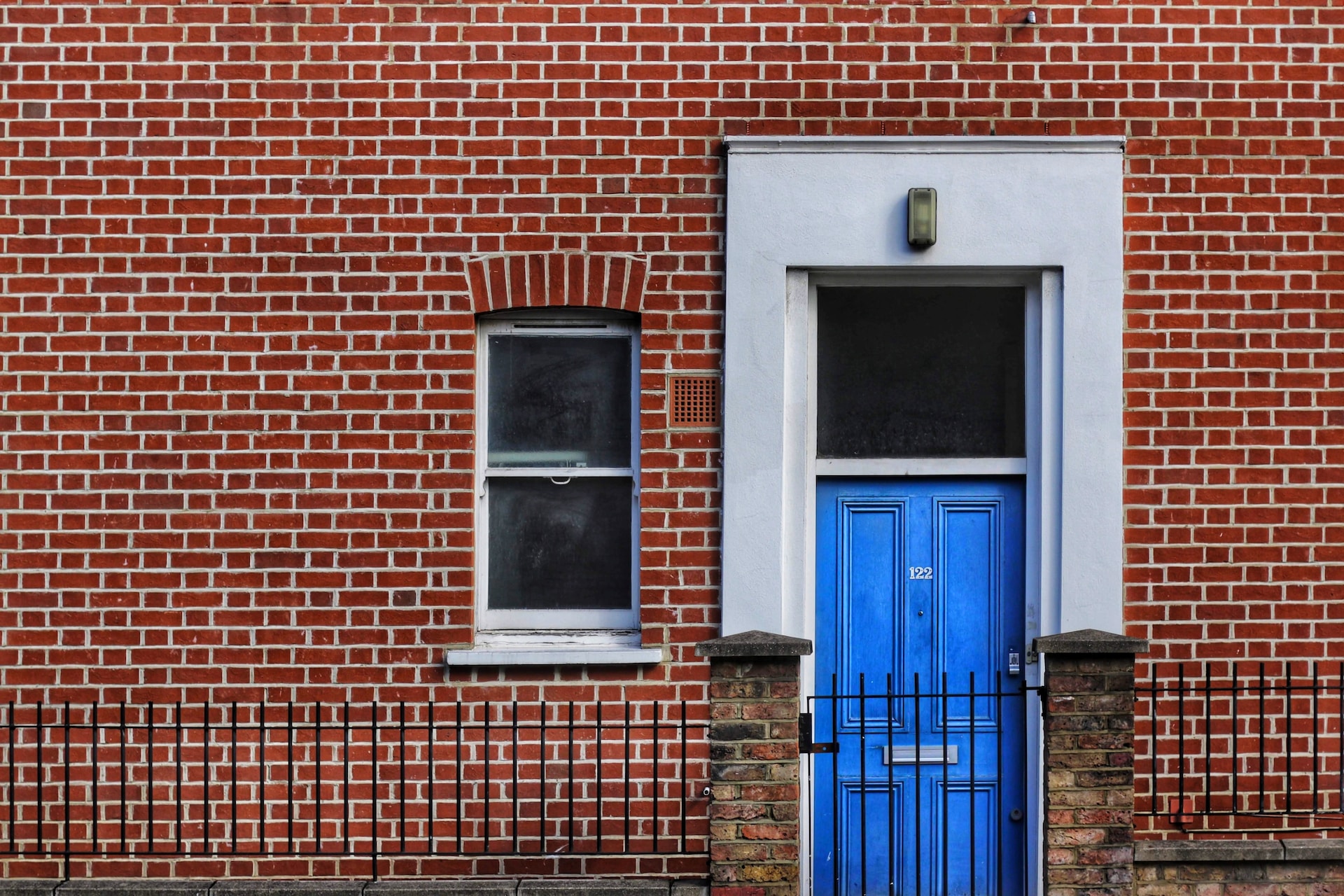Mould growth is more likely to be due to condensation than penetrating dampness on the whole but can be either-or. These two can come hand in hand, as penetrating moisture can lead to condensation.
The most common areas of mould are bedrooms, bathrooms, and kitchens.
Our Building Surveyors in Kingston and Surrey have come across mould growth several times, whether minor or more major mould growth that comes with the more noticeable symptoms.
When smells that occur in a house are potentially due to mould growth, it is recommended that advice is sought. Excessive mould growth can cause illnesses.
Mould is a symptom of dampness. Even though most likely the mould growth occurred due to condensation, any water ingress can create an unhealthy mould growth within a building. As condensation is the most likely cause, mould prevention can be improving heating, ventilation, and insulation. It can be the first sign that you have a damp problem in the house.
How to Identify Damp Mould Growth
Usually, black spores define what mould growth looks like in a house. However, the colour can vary. Cold areas of the house, e.g., around windows, are widespread as these areas are susceptible to condensation.
Mould growth can occur on non-organic substances that are dirty. This means that mould growth can happen pretty much anywhere if certain areas are unclean. A lot of the building’s fabric is organic for mould to grow but needed always is a source of moisture, humidity, and an organic substance for it to grow.
How to Get Rid of Damp Mould Growth and Prevent it from Returning to Your House
A way to prevent mould growth is by reducing humidity levels in the house. Keeping a home at low humidity levels of 55 % relative humidity will provide an unsuitable environment for mould growth. This can be hard to do, especially as humidity levels are not necessarily noticeable. A level of relative humidity for moisture problems to occur is usually around 70% and above. As stated before, improving ventilation and increasing heat levels in the house will reduce relative humidity.
Invest in a dehumidifier and always clean window sills and other corners around the house
Once the cause of mould growth is eliminated, the mould can be cleaned off. This can be done easily by using bleach and water and scrubbing in minor cases, and in more extreme cases, the cleaning will have to be done professionally. If the cause is eliminated, it should not return.
We have come across many properties with ventilation problems during our housing surveys in London, with or without mould symptoms. In a survey report, the extent to which the mould growth has occurred and possible symptoms should be covered. Further investigations are required in certain situations, where the surveyor will recommend the course of action to take.
If you have any questions about property maintenance, feel free to contact us for initial FREE expert advice to be organised for you or learn more here about our property management services.



